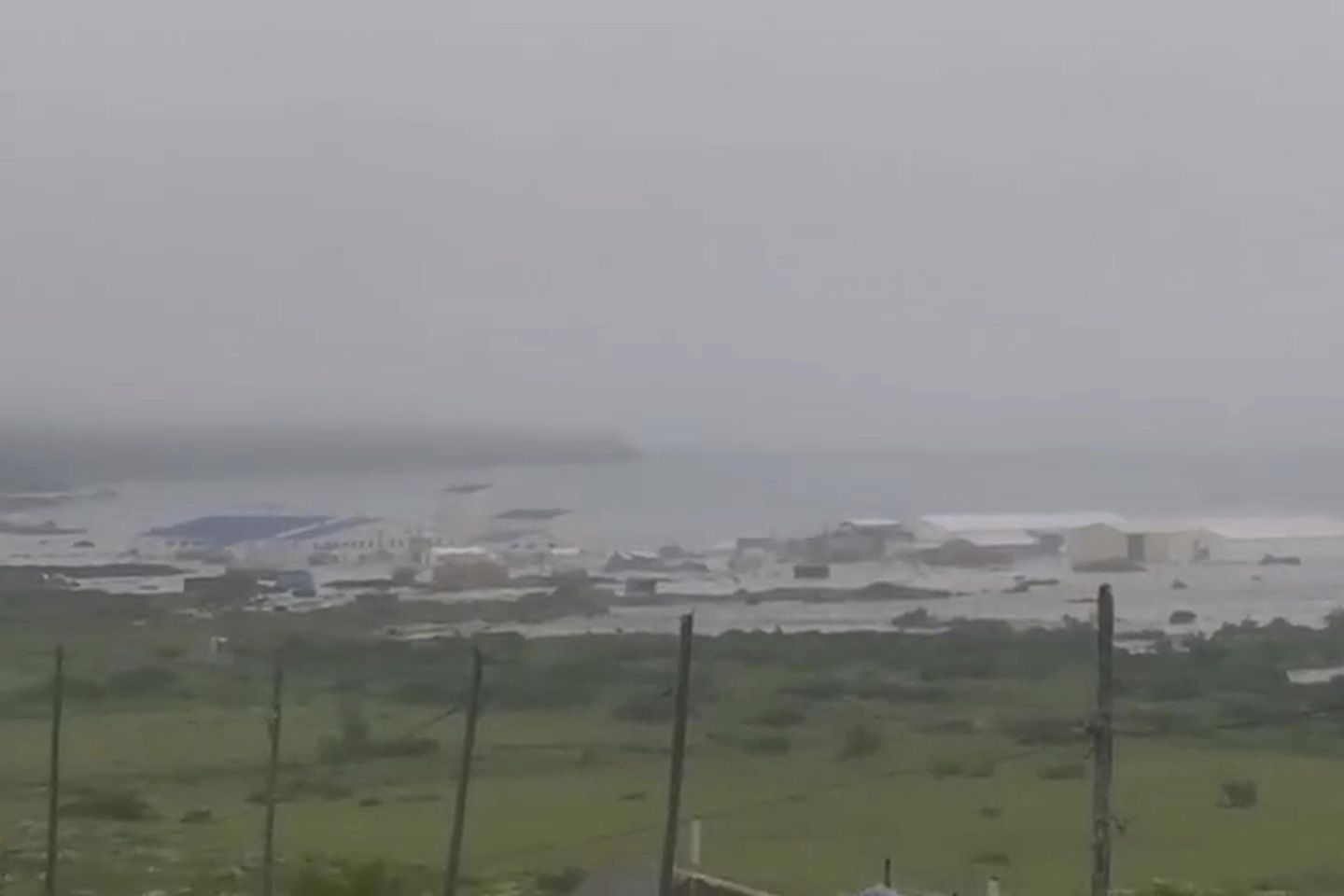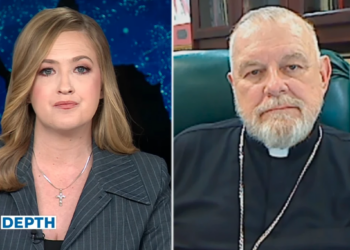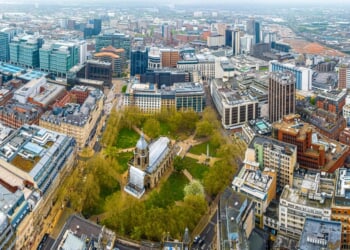
A tsunami has hit coastal areas of Russia’s Kuril Islands and Japan’s large northern island of Hokkaido after a powerful, 8.8-magnitude earthquake struck off the coast of Russia early Wednesday. Warnings are also in place for Alaska, Hawaii and other coasts south toward New Zealand.
The Japan Meteorological Agency said a tsunami as high as 40 centimeters (1.3 feet) had been detected in 16 locations as the waves moved south along the Pacific coast from Hokkaido to just northeast of Tokyo. Officials urged caution, saying that bigger waves could come later.
Damage and evacuations were reported in the Russian regions nearest the quake’s epicenter on the Kamchatka Peninsula.
Here’s the latest:
Internet and phone connections have been restored in Kamchatka following the massive earthquake, according to the Russian news agency Tass.
Videos posted on social media showed the façade of a collapsed kindergarten in Petropavlovsk-Kamchatsky. No casualties were reported.
A port in Severo-Kurilsk, on the Kuril Islands in the Pacific, was flooded after a tsunami wave hit the area.
Russian news agencies quoting the regional Health Ministry said several people sought medical help in Kamchatka after the earthquake, but no serious injuries were reported.
Ferries connecting Hokkaido and Aomori on the northern tip of Japan’s Honshu island were suspended, as well as those connecting Tokyo and nearby islands.
Some local train operations have been suspended or delayed as well, according to operators.
Sendai airport says its runway has been temporarily closed.
Japan Meteorological Agency says a tsunami as high as 40 centimeters (1.3 feet) has been detected at 16 locations as the waves have moved south along the Pacific coast from Hokkaido down to just northeast of Tokyo.
Officials urge residents to use caution as bigger waves could come later.
New Zealand authorities issued warnings of “strong and unusual currents and unpredictable surges” along coastlines throughout the country.
The alert by the government emergency management agency said people should move out of the water, off beaches and shore areas, and away from harbors, marinas, rivers and estuaries.
Japanese nuclear power plants along the Pacific coasts have suspended their work schedule in response to the tsunami alert, but so far no abnormalities have been reported.
Tokyo Electric Power Company Holdings, which operates the tsunami-hit Fukushima Daiichi nuclear power plant, said about 4,000 workers are taking shelter at higher grounds on the plant complex while monitoring remotely to ensure plant safety.
Its release of treated radioactive wastewater into the sea is also temporarily suspended as a cautionary step.
The 8.8-magnitude earthquake was the strongest to hit that area in Kamchatka since 1952, according to the local branch of the Geophysical Survey of the Russian Academy of Sciences.
In a statement posted on their Telegram channel, they called the earthquake a “unique event.” They said the epicenter was near a recent earthquake that struck the peninsula on July 20.
While the situation “was under control,” they said there are risks of aftershocks, which could last for up to a month, and warned against visiting certain coastal areas.
The Oregon Department of Emergency Management said on Facebook that small tsunami waves were expected to reach parts of the state’s coastline starting around 11:40 p.m. local time, with wave heights between 1 to 2 feet (30 to 60 centimeters).
It urged people to stay away from beaches, harbors and marinas and to remain in a safe location away from the coast until the advisory is lifted.
“This is not a major tsunami, but dangerous currents and strong waves may pose a risk to those near the water,” the department said.
Oregon is under a tsunami advisory, along with much of the U.S. West Coast spanning British Columbia, Washington state and California.
___
This item has been updated to correct that wave heights are expected to reach between 1 and 2 feet, not 1 and 3 feet.
Philippine authorities warned provinces and towns along the archipelago’s eastern coast facing the Pacific of possible tsunami waves of less than 1 meter (3 feet) that could hit between 1:20 p.m. to 2:40 p.m. (local time) and advised people to stay away from the beach and coastal areas.
“It may not be the largest of waves, but these can continue for hours and expose people swimming in the waters to danger,” Teresito Bacolcol of the Philippine Institute of Volcanology and Seismology told The Associated Press.
The Japan Meteorological Agency said a first tsunami wave of about 30 centimeters (about 1 foot) reached Nemuro on the eastern coast of Hokkaido.
The first tsunami wave hit the coastal area of Severo-Kurilsk, the main settlement on Russia’s Kuril Islands in the Pacific, according to the local governor Valery Limarenko.
He said residents were safe and staying on high ground until the threat of a repeat wave was gone.



![Former Bravo Star Charged After Violent Assault Using a Rock-Filled Sock in Tennessee Walmart [WATCH]](https://www.right2024.com/wp-content/uploads/2025/07/Former-Bravo-Star-Charged-After-Violent-Assault-Using-a-Rock-Filled-350x250.jpg)



![Karoline Leavitt Levels CNN's Kaitlan Collins and Other Legacy Media Reporters [WATCH]](https://www.right2024.com/wp-content/uploads/2025/07/Karoline-Leavitt-Levels-CNNs-Kaitlan-Collins-and-Other-Legacy-Media-350x250.jpg)
![Man Arrested After Screaming at Senators During Big Beautiful Bill Debate [WATCH]](https://www.right2024.com/wp-content/uploads/2025/06/Man-Arrested-After-Screaming-at-Senators-During-Big-Beautiful-Bill-350x250.jpg)

![Illegal Alien Walked Free After Decapitating Woman, Abusing Corpse for Weeks [WATCH]](https://www.right2024.com/wp-content/uploads/2025/07/1753013138_Illegal-Alien-Walked-Free-After-Decapitating-Woman-Abusing-Corpse-for-350x250.jpg)






